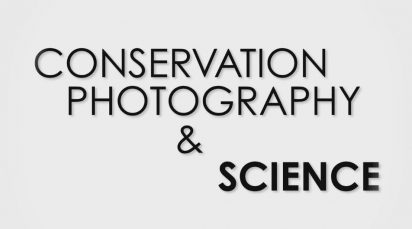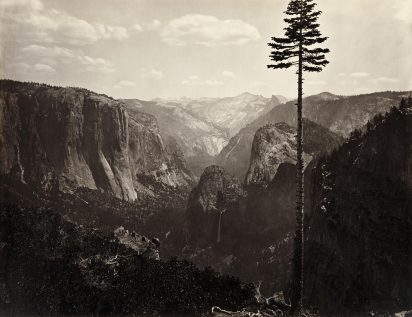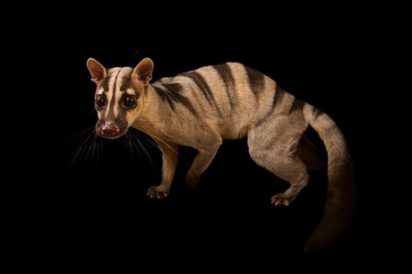The Right Half of Our Brains
By Allie Brown

I have always been more comfortable in the humanities than the sciences. In humanities classes I fly through the readings and they hold my interest, while science classes tend to feel like trekking through a powdery snow in really heavy boots. While reading a biology textbook my eyes consistently wander away from the black and white lettering to the images that are meant to supplement the words. I find that those images are what keep me engaged in the textbook. Because why would I be forcing my right-side leaning brain (though keep in mind that this theory is not proven) to study this stuff that is so hard for me to comprehend if it weren’t to help protect those places and the animals, plants, and people that live within them? Those images aren’t the focus for just me. There is a word for the people who take those images with the intent of using them to spur conservation: conservation photographers.

A little known, but growing field, conservation photography was given a voice by Cristina Mittermeier who led the founding of the International League of Conservation Photographers in 2005. Now with many fellows and a tight knit community, the League works to keep conservation photography and its photographers alive and well because a well-done photo by an expert is worth more than a thousand words or a few bucks. It can change the world.
Look no farther than Carleton Watkins, whose photographs sent to far away policymakers helped to make Yosemite a National Protected Area in 1864. Consider Philip Hyde, whose work with The Sierra Club contributed to the establishment and protection of multiple national parks. Simply observe any number of successful non-profits like The Nature Conservancy or Marine Conservation Institute, who have conservation photographers on staff or freelance because they understand that photos captivate people, inspiring them to care, which in turn makes change.
So don’t discount the power of a good image. If you consider yourself to be “left-brained”, consider looking to the right half and searching for a way to incorporate art and imagery into your work because it can only make it stronger. Remember, however, to add a caption or use a photo accompanied by text. The caption allows the photographer to share with the audience what conservation message they are trying to promote.

If you want to follow some incredible conservation photographers on Instagram and be inspired every day, see below for a list of my personal favorites in no particular order:
- Cristina Mittermeier – @cristinamittermeier
- Paul Nicklen – @paulnicklen
- Joel Sartore – @joelsartore
- Joe Petersburger – @joepetersburger
- Florian Schulz – @florianschulzvisuals
- Frans Lanting – @franslanting
- Brian Skerry – @brianskerry
- Art Wolfe – @artwolfe
- Nick Brandt – Link to website
Interested in becoming a conservation photographer? Then this is the book for you: Conservation Photography Handbook by Boyd Norton, and this is the blog: How to be a Conservation Photographer by Morgan Heim